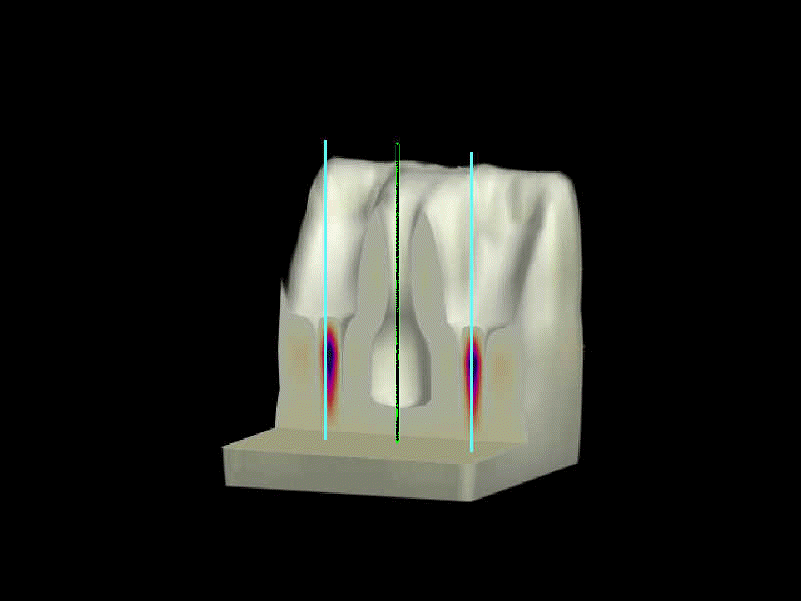

Data, numbers, information,
are the language of science and engineering. They are the currency that buys
the answers we need. Part of the beauty of data is timelessness; a measurement of
the period of the moon was as useful to the Greeks in 1000 BC as it is today. Providing of
course that the data was managed so it could be accessed again.
Data management is nothing new. However, the combination of science expertise and
new real-time data storage and evaluation tools can provide you with the powerful
information you need when you need it. Whose information? Your information,
because it is your own learning and information that make you unique and valuable to your
clients. You've paid for it, use it! Ironically, a lot of times it's toughest
to keep a handle on the information that is closest to you. Maybe some of your
projects have spanned several years with several project managers to match. Maybe
one of your top people retired, also retiring that vast grey matter store of project data
at the same time. While we cannot download a brain (yet), AVI has developed data
management tools that can efficiently maximize your productivity and allow maximum
replicate use of information you already have on hand. This is simply an offspring
of the nature of scientific problem solving.
There are two types of data, the data itself and the upper level information about
those data. Information, if you will, about the information. It is the
management level information where some of the most powerful economic advantages can be
gained. The experiences and projects that have been successful in the past and can
serve as building blocks to the future. The second level of data management is the
hard information itself, in whatever form it takes. Temporal, spatial, parametric,
observational, etc. Let's say for instance you are an A&E firm asked to build a
skyscraper in Los Angeles. The top level database takes project management
information like the number of floors, foundation requirements, earth-quake stability,
construction methods, and a few other critical items. Your real-time search of your
own records uncovers that your New York affiliate did a similar award-winning job in
Tokyo. Most of your wheel is made. You can resell the expertise that created
it, and add the new spokes required for the project in L.A. Your are bettering your
product and your margins. You can spend fresh creative effort architectural aspects
that would have been impossible had you needed to collect all the underlying data from
scratch. Or how about this, you can provide 2 design options where your competitors,
lacking your management of experience, can only offer 1. In this way you use an old
wheel to maximum advantage while creating a new one to stay ahead of your clients
expectations, as well as your competitors.
In science and engineering, good data often go a lot further than the project they were
collected on. The key is recognizing the value and then being able to capitalize on
it through good management and quick, simple access the information. The value
increases as the database grows; soon you may not need to collect anything but
confirmatory information for new projects.
Benefits of Science/Engineering Data Management
- You may lose people, but you won't lose
their value
- Real-time reporting allows full information
passing, clients, managers, workers all on the same page (if they want to be)
- Clear presentation & communications of
data-based ideas, designs, etc.
- No repetition of work already completed (I
hate when that happens)
- Enhance the quality and reduce the cost of
bidding and planning
- Learn from yourself, it's amazing that you
can forget how good you are
- Seamless and instant communication with
clients, and even active participation
|